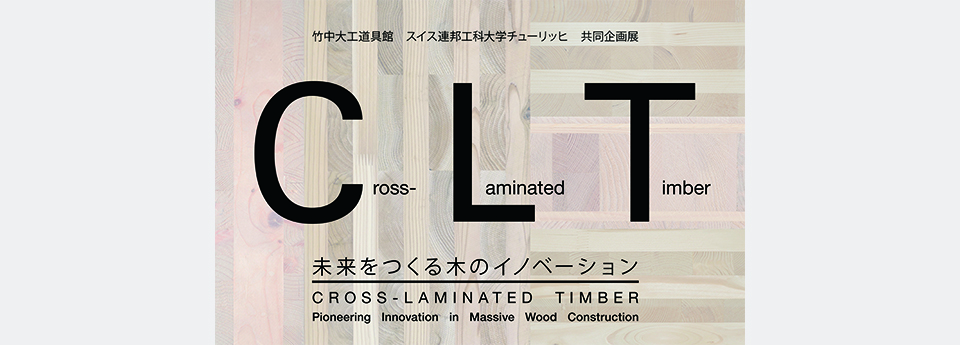| Outline of the exhibition |
CLT is an abbreviation for Cross-Laminated Timber, a wood-based material that is laminated so that the fiber direction is orthogonal. It is a large board with thickness, and is used not only for architectural structural materials, but also for civil engineering materials and furniture.
CLT originated in Switzerland around 1993 and has spread to Europe, Japan, Asia, North America, and Oceania, and is used in various buildings. The use of CLT has been growing rapidly in various countries in recent years, such as the construction of high-rise buildings. In particular, it is used for detached houses that take advantage of the unique insulation properties of wood and the characteristics of wall-type structures, apartment buildings for middle-rise buildings, living areas for welfare facilities for the elderly, and hotel rooms.
In this exhibition, we will introduce the modern cutting-edge wooden construction technology called CLT.
※To prevent the expansion of COVID-19 infection, the exhibition period and Hours are subject to change. Please refer to this page for the latest information.
- Exhibition title
- CLT – Wood Innovation for the Future
- Exhibition Period
- July 24 (Sat) to September 20 (Mon./holiday), 2021
- Venue
- Takenaka Carpentry Tools Museum 1F Hall
- Hours
- 9:30–4:30 p.m. (Last admission 4:00 p.m.)
- Closed
- Monday (or the next day if it is a national holiday)
- Admission
- 700 yen for adults, 500 yen for high school students and younger, 500 yen for those aged 65 and over (including Permanent exhibition viewing fee)
- Organizer
- Takenaka Carpentry Tools Museum, Swiss Federal Institute of Technology Zurich
- Sponsorship
- Japan CLT Association, Takenaka Corporation, Meiken Kogyo Co., Ltd., Pius Shura, Shiriga
- Support
- Ministry of Land, Infrastructure, Transport and Tourism, Ministry of the Environment, Forestry Agency, Ministry of Economy, Education and Research, Switzerland, Embassy of Switzerland in Japan, Japan 2025 International Exposition Association
- Cooperation
- VUILD Co., Ltd., Tottori CLT Co., Ltd.
- Supervision
- Patrick Fleming (Zurich, Swiss Federal Institute of Technology) and Mikio Koshihara (Inst. of Industrial Sci., Univ. of Tokyo)
|
| Leaflet |
A4 size and PDF format Leaflet can be downloaded. (About 1MB) |
| Books |
It can be downloaded for free from the Swiss Federal Institute of Technology Library. (Full Text PDF, 25.77MB)
≫ETH Library https://doi.org/10.3929/ethz-b-000501861 |
| Highlights |
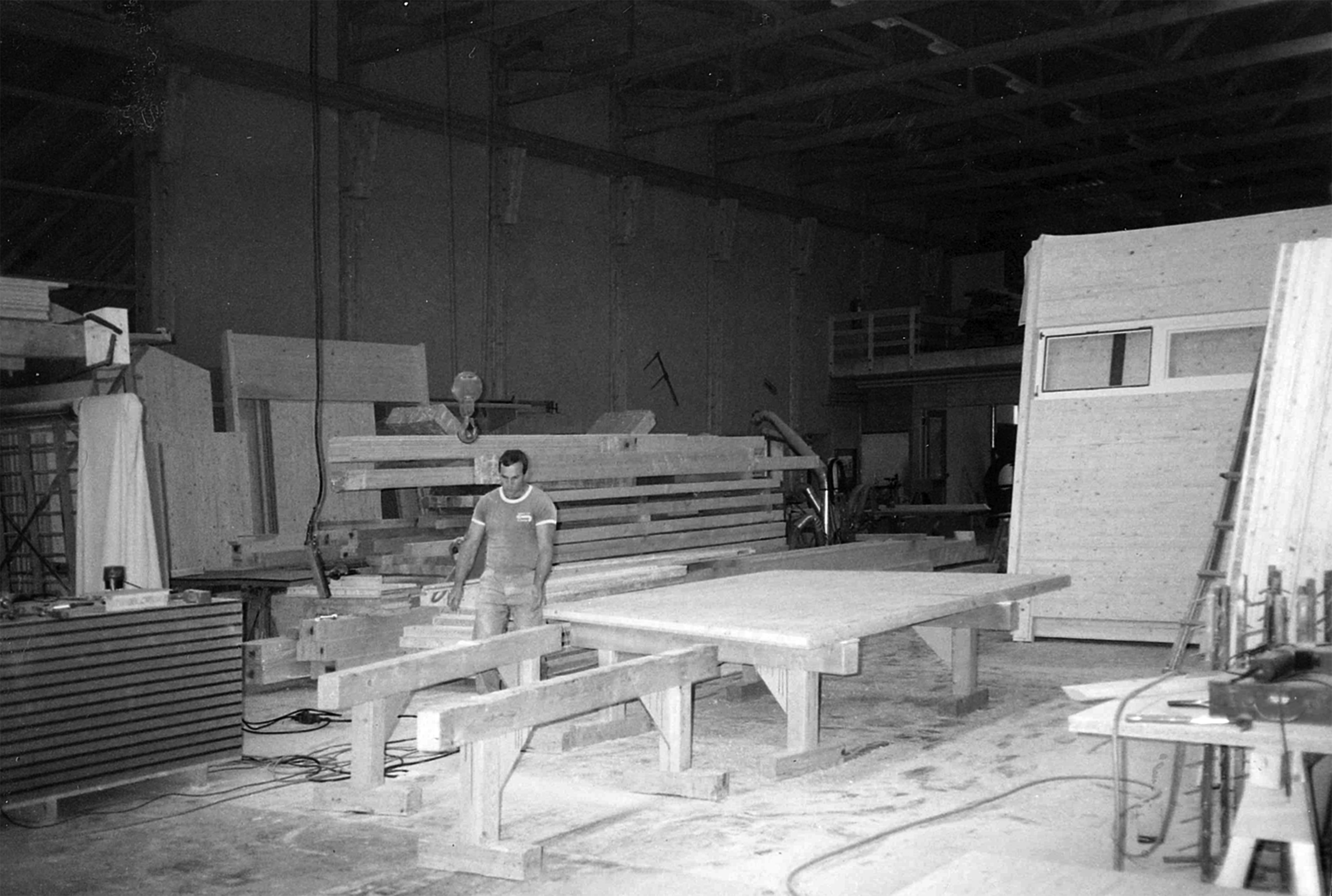 - Trees and Nature Thinking in CLT
CLT is used for construction by making a large cross section using small curved materials that had not been widely used until now as an effective use of forest resources. In other words, it is a wood material that enhances and utilizes it by increasing the cross section. By using CLT, we can also contribute to the natural environment.
|
| |
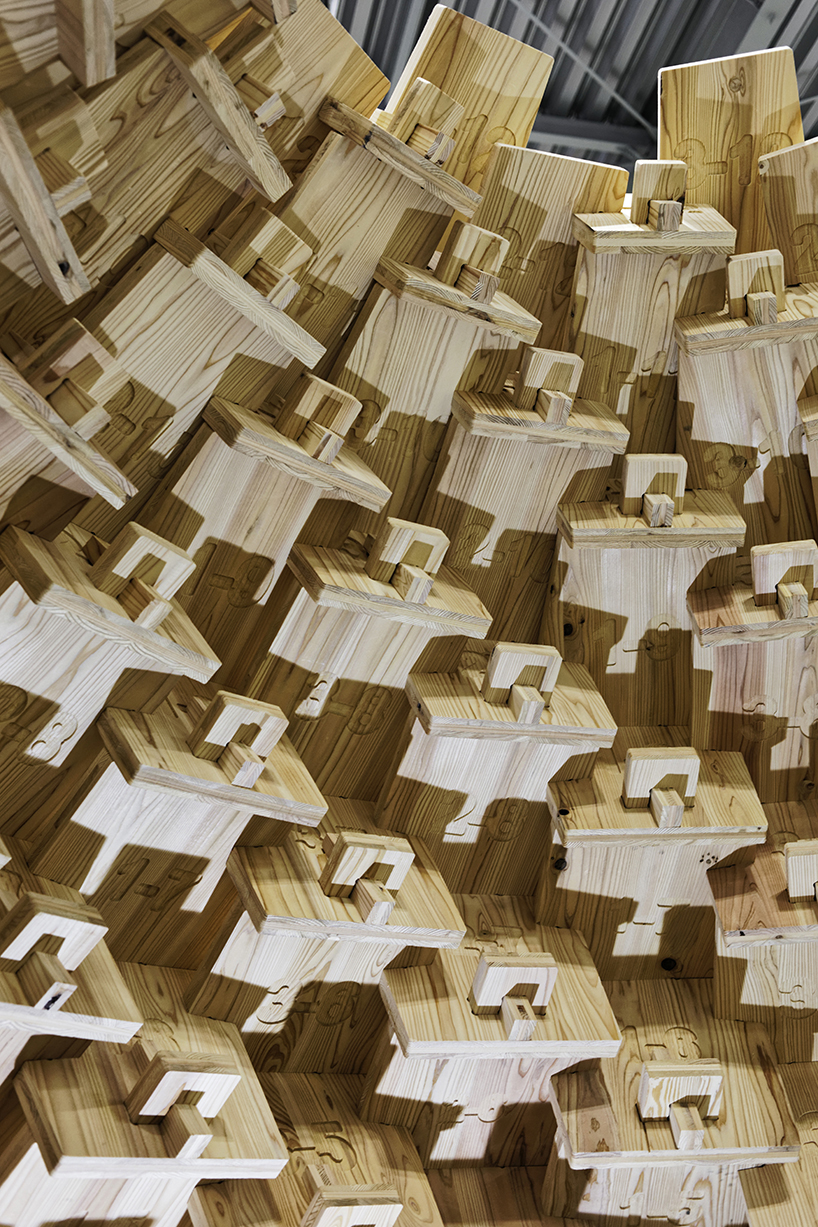 - CLT made by wood group
In Japan, since ancient times, there has been a culture created by combining wood and wood with a plate. Such processing was a carpenter's craftsmanship, but recently it has become possible to process traditional fittings even in machining. Pavilion made by forming boards using 36mm CLT, the thinnest and lightest in Japan. No iron materials such as screws or special tools are used.
Photo: CLT Pavilion Shooting: Sunto Kurobe
|
| |
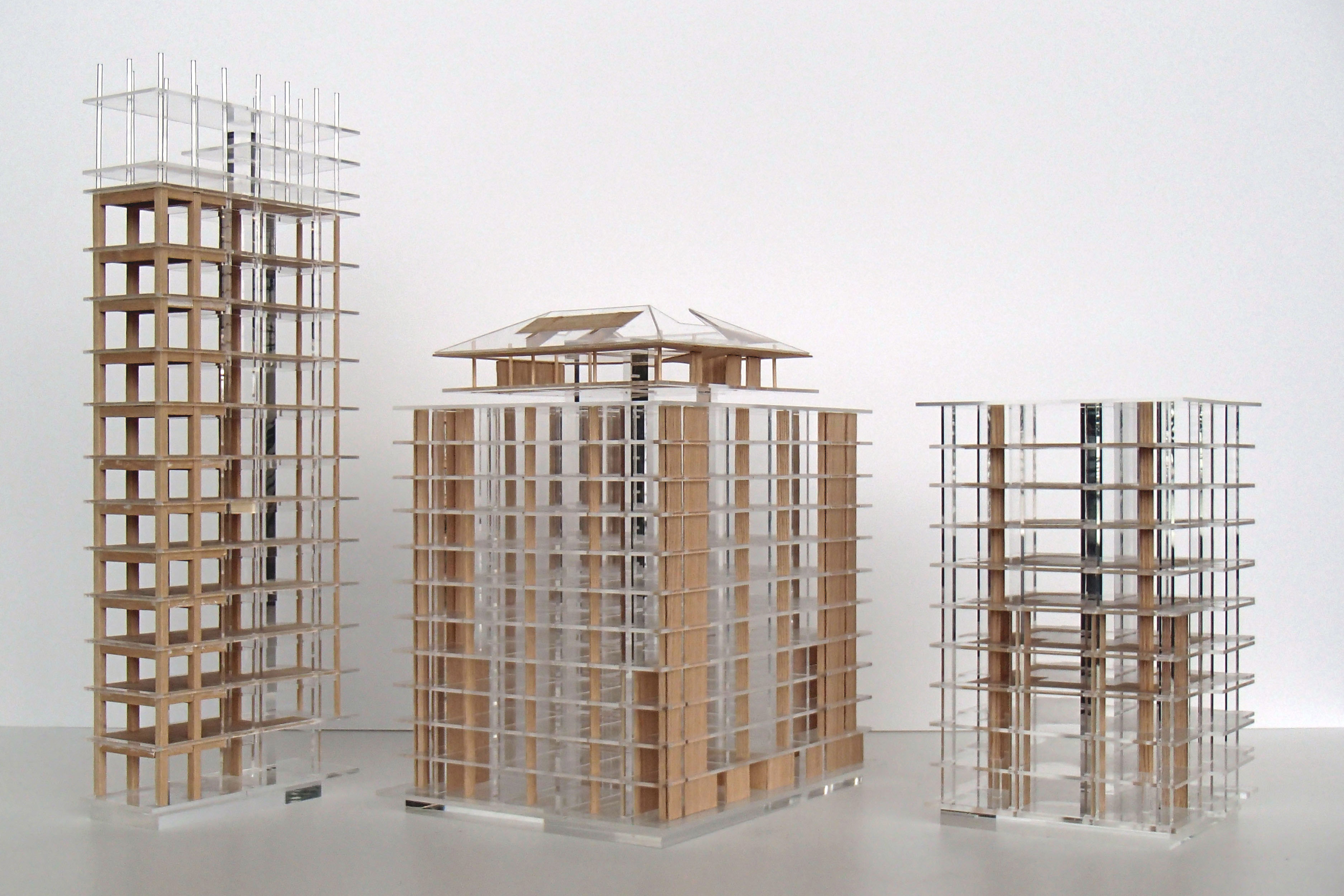 - CLT Architectural Model Exhibition
CLT architecture is a highlight of the new architectural structure design, such as a hybrid of wooden and heterogeneous structures. Seeing it in a model is the easiest way to understand. In this exhibition, we will exhibit the first CLT house, various CLT architectures in Japan, and architectural models of the latest urban wooden examples.
|
| Exhibitions |
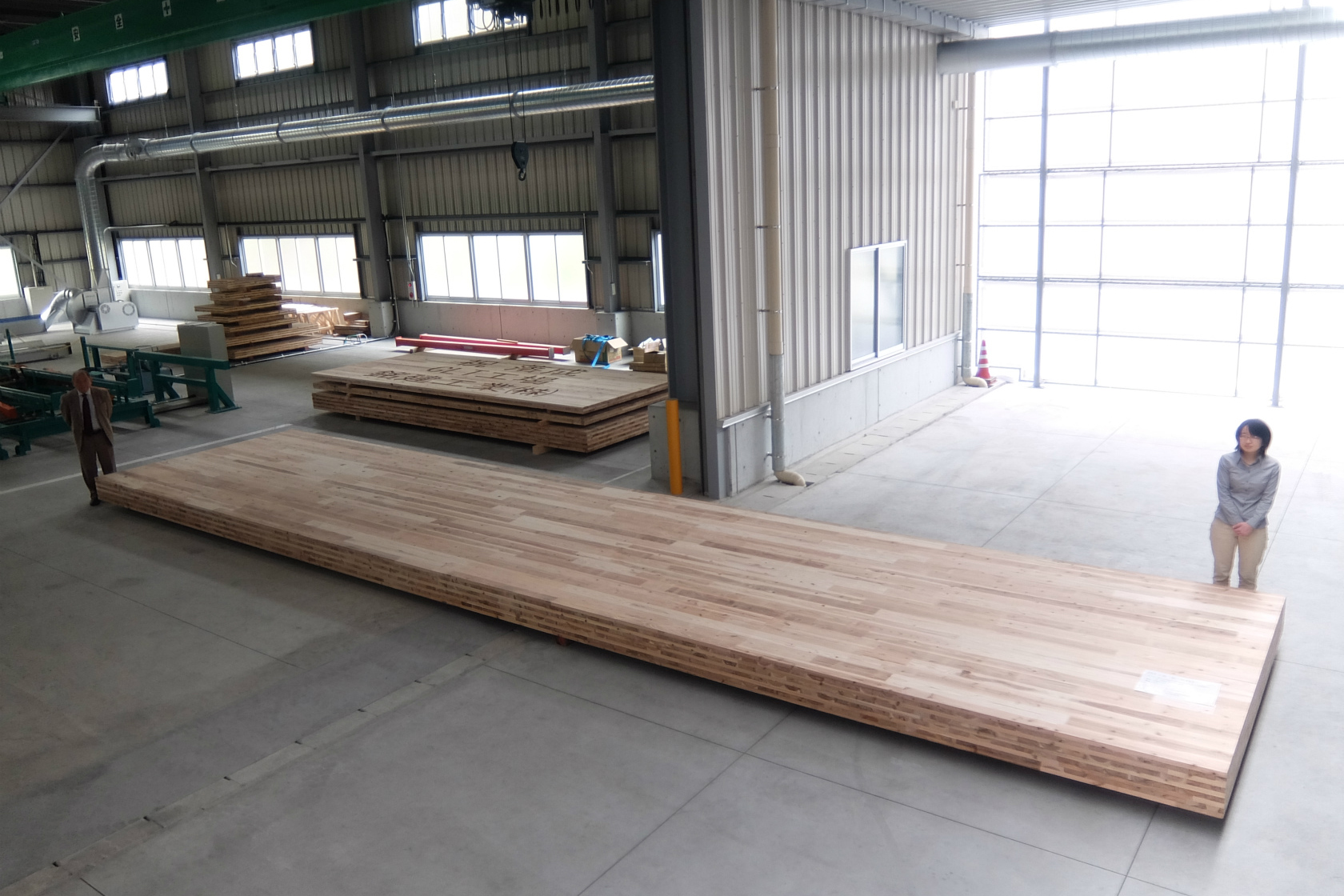 - What is 1 CLT?
Large and thick boards require trees that are over 1,000 years old to obtain from the natural world. In Japan's long history of wooden architecture, wooden architecture using thick plate surfaces such as CLT is an unexperienced building. In addition to easy-to-understand technical explanations, you can also see the differences between Europe and Japan in samples.
|
| |
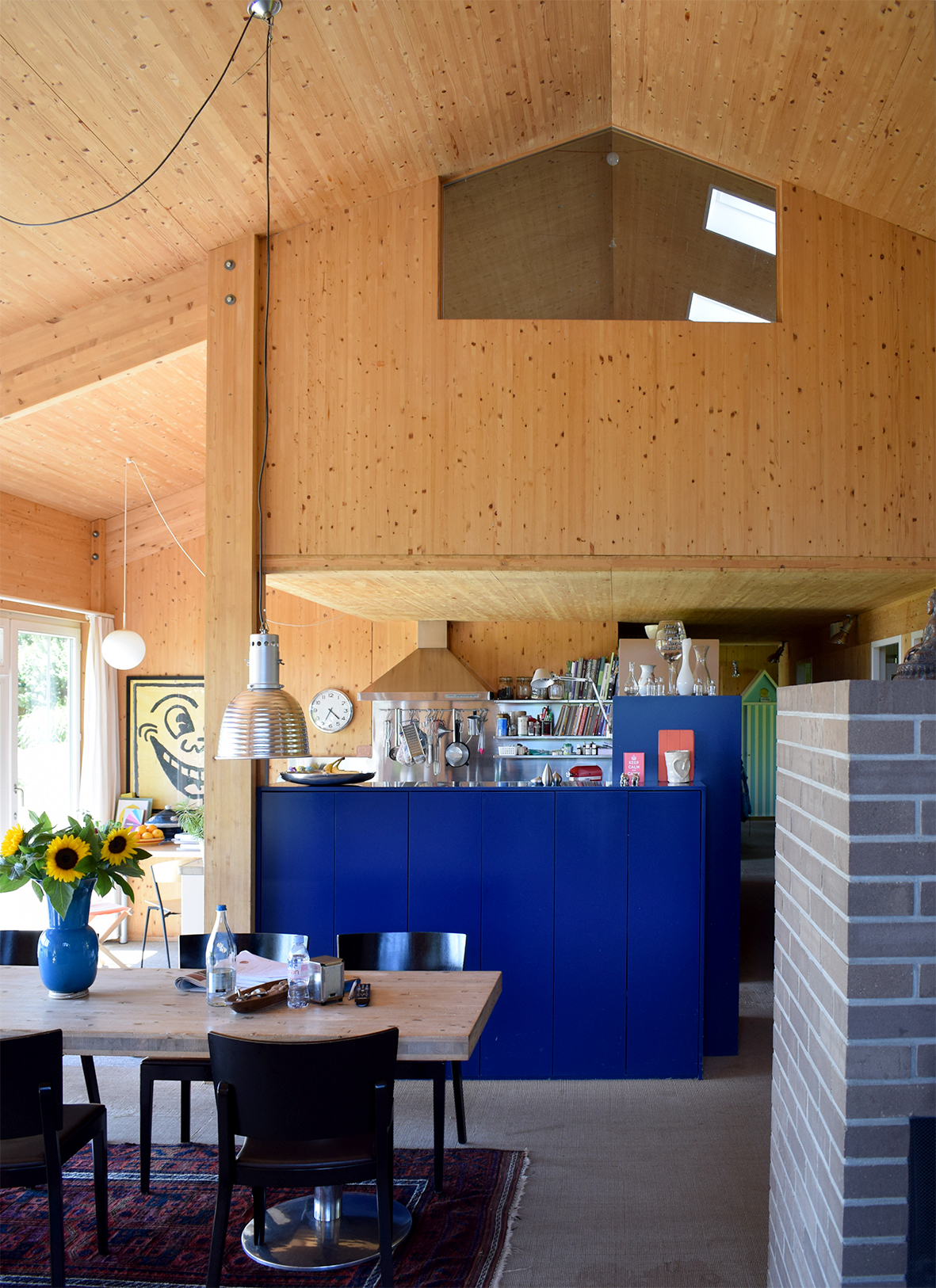 - 2 The Road of CLT: Development of CLT that began in Switzerland
The CLT technology introduced in Austria was developed and introduced several years ago in Switzerland and Germany. In this exhibition, we will introduce the early development of Switzerland, Germany and Austria, the first housing construction, and the subsequent global trend.
|
| |
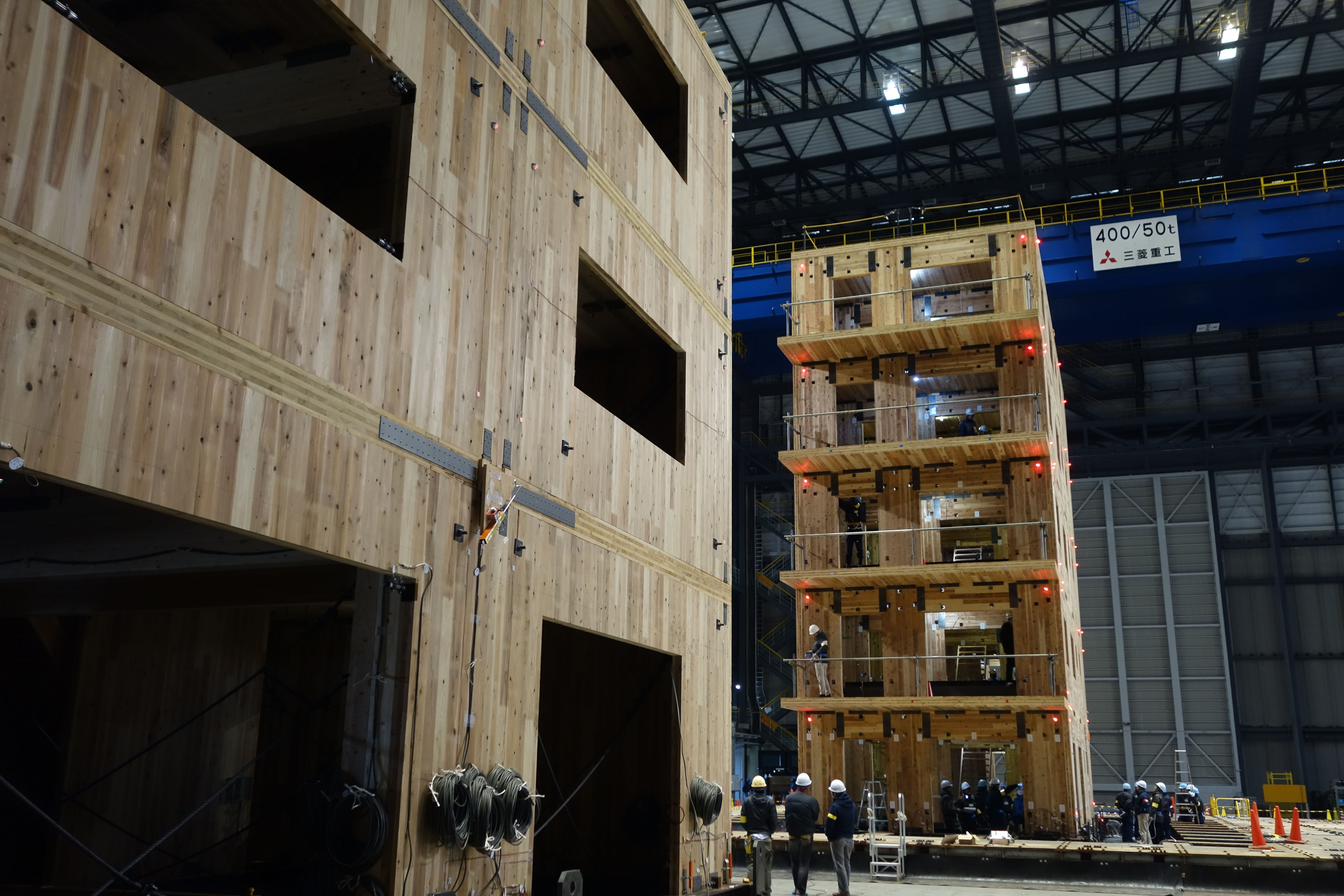 - 3 CLT development: Overview of CLT development in Japan
CLT came from Europe, but because the circumstances surrounding architecture are different from Japan, a unique flow of CLT architecture that blends with Japanese wooden culture was created. Let's take a look at the history of the development.
|
| |
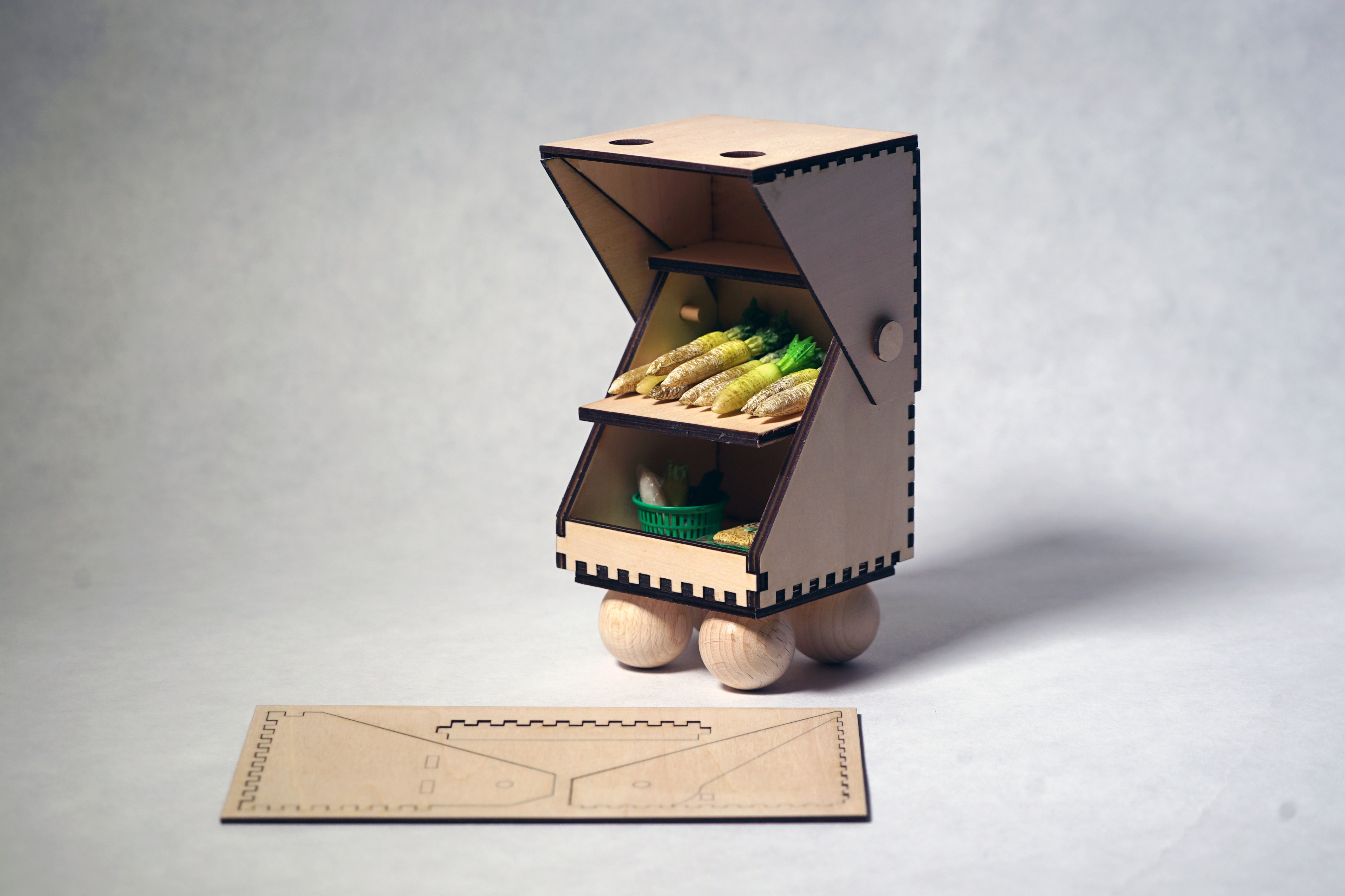 - Enjoy 4 CLT! - Possibility of CLT not only for architecture
CLT is not just architectural technology. There is a possibility that woodwork has not done so far, such as combining boards and boards, or folding boards like origami. We will introduce exhibits that will be exciting to pick up and play with hands.
Photo: MACHINERY CLT Wooden Box (koyart: Vegetable Unmanned Office)
|
| |
 - 5 Creating the Future: The cutting edge of CLT
The latest case of CLT is introduced from Takenaka Corporation. Advanced technology has made it possible to increase the size, high-rise, and non-combustible, which were difficult for conventional wooden constructions. We aim to create a carbon-neutral and sustainable society by making effective use of domestic timber.
|
| Venue Panorama |
*Password: tool
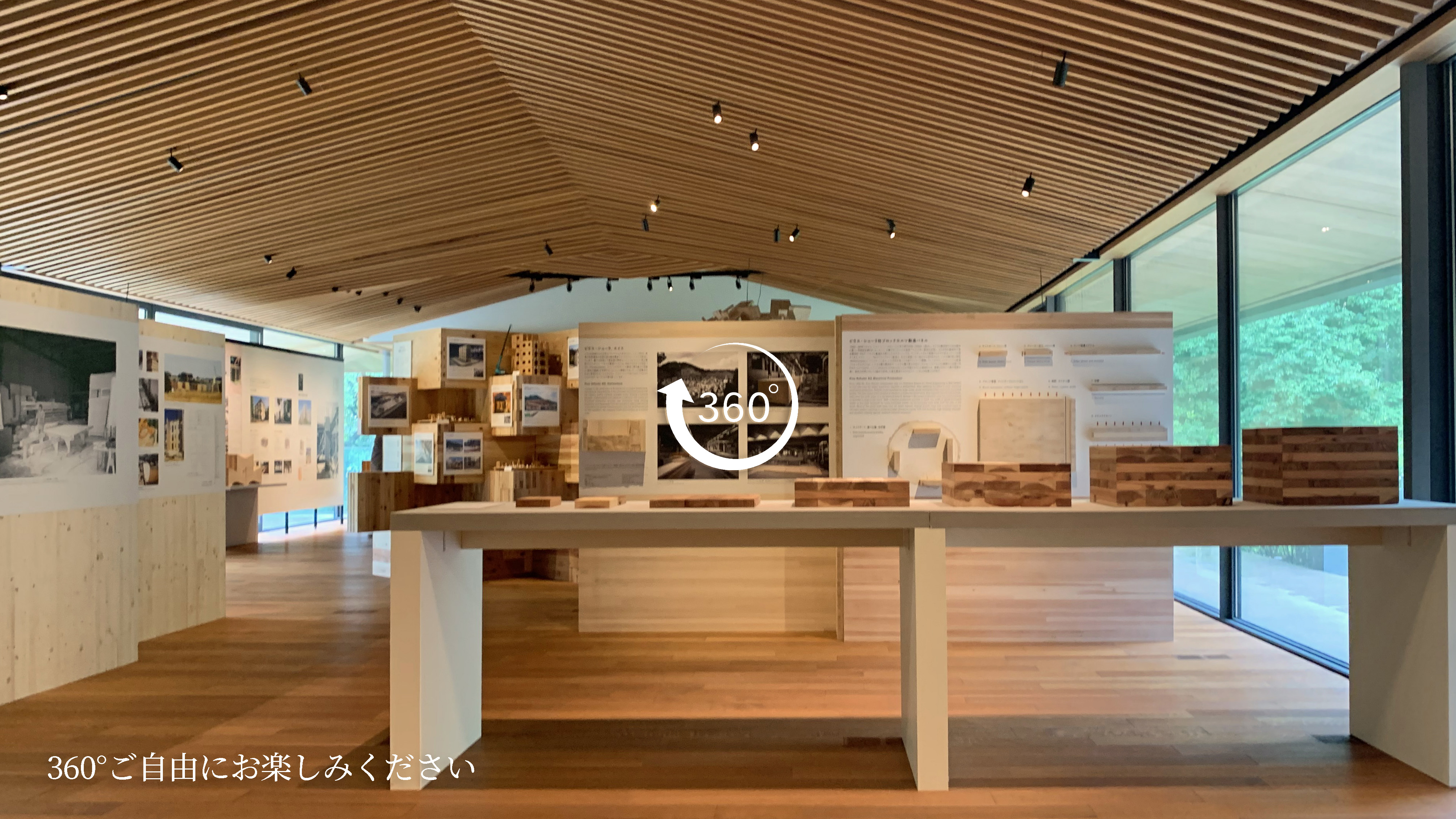 |
|

|


